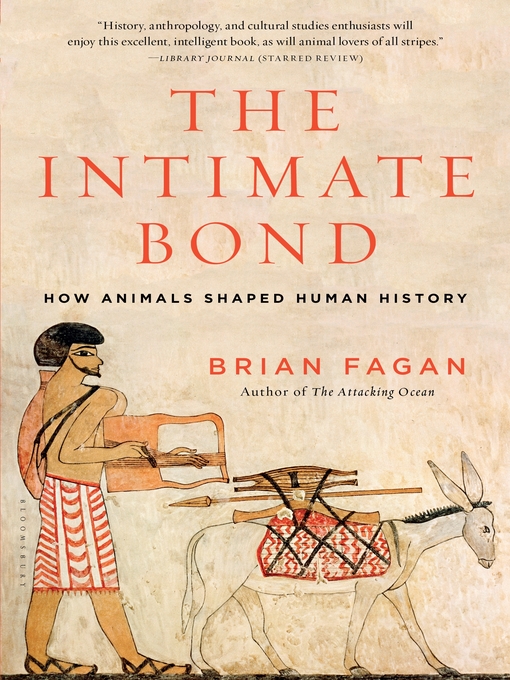Animals, and our ever-changing relationship with them, have left an indelible mark on human history. From the dawn of our existence, animals and humans have been constantly redefining their relationship with one another, and entire civilizations have risen and fallen upon this curious bond we share with our fellow fauna. Brian Fagan unfolds this fascinating story from the first wolf who wandered into our prehistoric ancestors' camp and found companionship, to empires built on the backs of horses, donkeys, and camels, to the industrial age when some animals became commodities, often brutally exploited, and others became pets, nurtured and pampered, sometimes to absurd extremes.
Through an in-depth analysis of six truly transformative human-animal relationships, Fagan shows how our habits and our very way of life were considerably and irreversibly altered by our intimate bond with animals. Among other stories, Fagan explores how herding changed human behavior; how the humble donkey helped launch the process of globalization; and how the horse carried a hearty band of nomads across the world and toppled the emperor of China.
With characteristic care and penetrating insight, Fagan reveals the profound influence that animals have exercised on human history and how, in fact, they often drove it.



